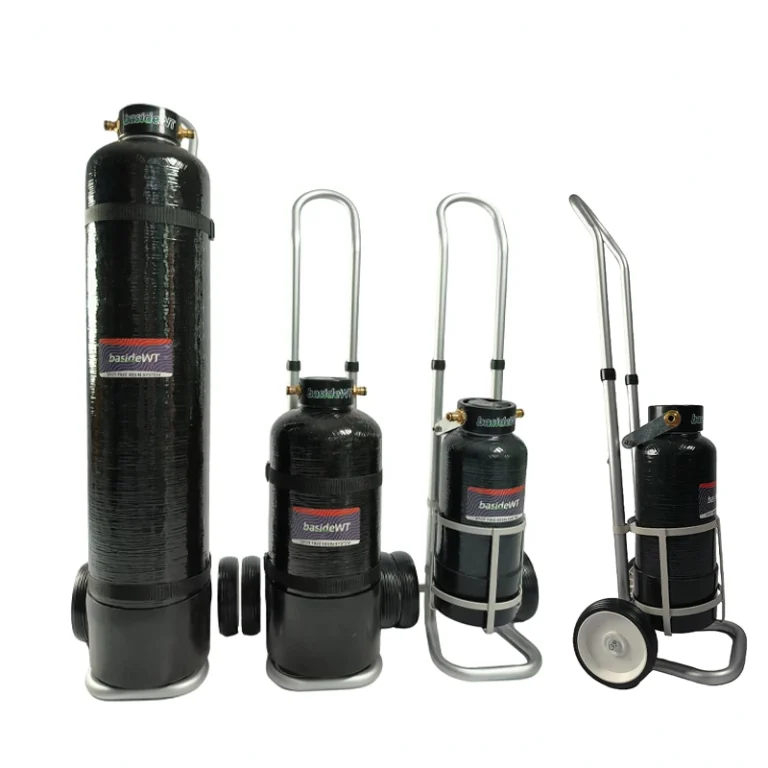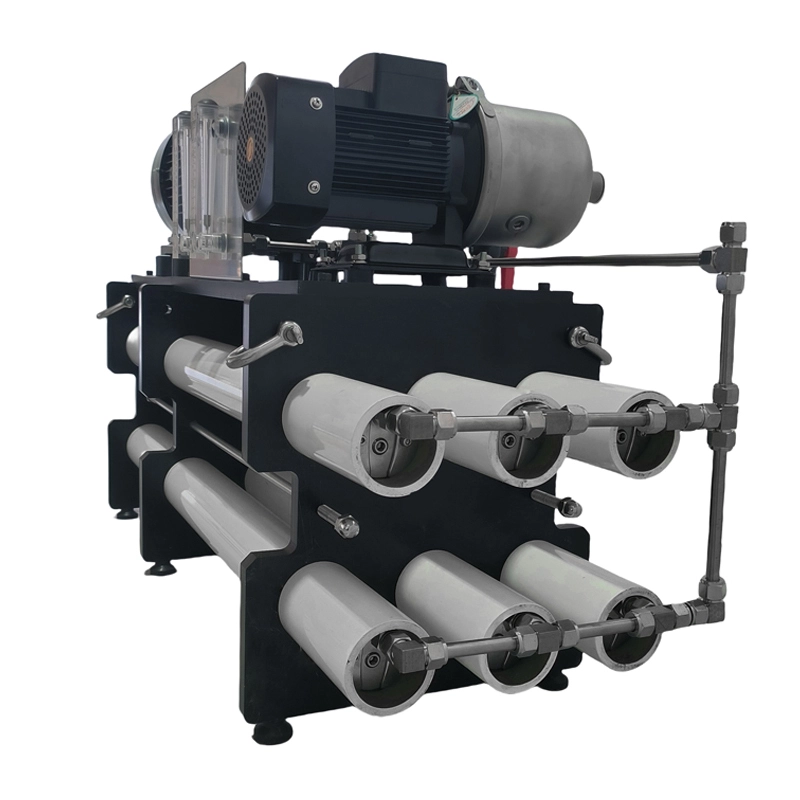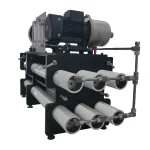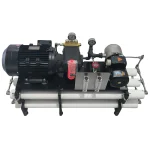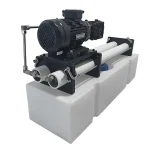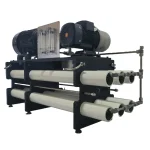BasideWT- Whole Home Water Filtration System & Replacement

BasideWT Boat Watermaker Brackish Water Desalination Machine Reverse Osmosis Plants for Drink Water
PRODUCT PARAMETERS
- Product Name: Watermaker
- Productivity: 500l/h 1000l/h Customized
- Type: Reverse Osmosis Filtration
- Usage:Seawater Desalination
- Function: Producing Fresh Water
- Applications: For Boat Drinking water use
- Technology: Seawater Desalination RO membrane
- Processing Type:Filtration, Desalination, Reverse Osmosis
- Brand: basideWT
- Warranty: 1 Year
- Packing: Standard Exportation Package
BasideWT Boat Watermaker Brackish Water Desalination Machine: The Ultimate Solution for Fresh Drinking Water at Sea
If you’re a yacht owner or a sailor, one of the most critical resources you’ll need onboard is fresh drinking water. The BasideWT Boat Watermaker Brackish Water Desalination Machine Reverse Osmosis Plants for Drink Water offers a solution to this problem by turning seawater or brackish water into clean, drinkable water. But how does it work, and is it worth the investment? In this article, we’ll explore how these desalination machines work, their benefits, and why you should consider one for your boat.
What is the BasideWT Boat Watermaker Brackish Water Desalination Machine?
The BasideWT Boat Watermaker Brackish Water Desalination Machine Reverse Osmosis Plants for Drink Water is a device that removes salt and impurities from brackish or seawater, making it safe to drink. These systems provide fresh water for boats and yachts, even in remote locations far from fresh water sources.
How Does the BasideWT Boat Watermaker Work?
At the heart of the BasideWT Boat Watermaker Brackish Water Desalination Machine is a reverse osmosis (RO) membrane. Here’s how the process typically works:
- Pre-filtration: The seawater or brackish water is first passed through a filter to remove larger particles like debris.
- Pressurization: A pump then pressurizes the water, forcing it through the semi-permeable RO membrane.
- Membrane Filtration: The RO membrane filters out the salt, bacteria, and other impurities, leaving only fresh water.
- Post-filtration: Finally, the purified water undergoes additional filtration to improve taste and ensure safety.
This process converts even brackish or seawater into clean, drinkable water.

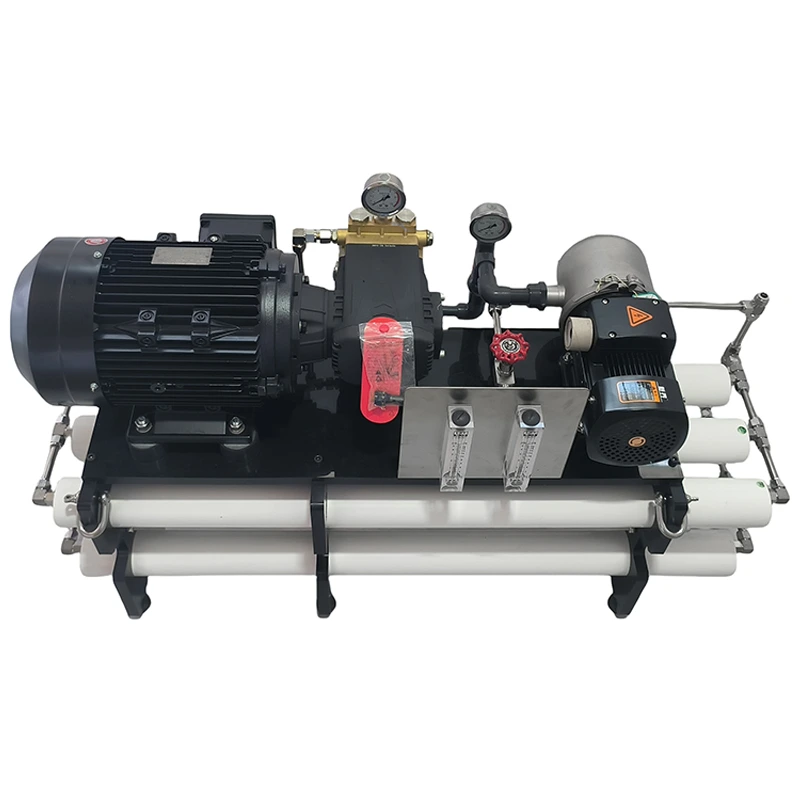
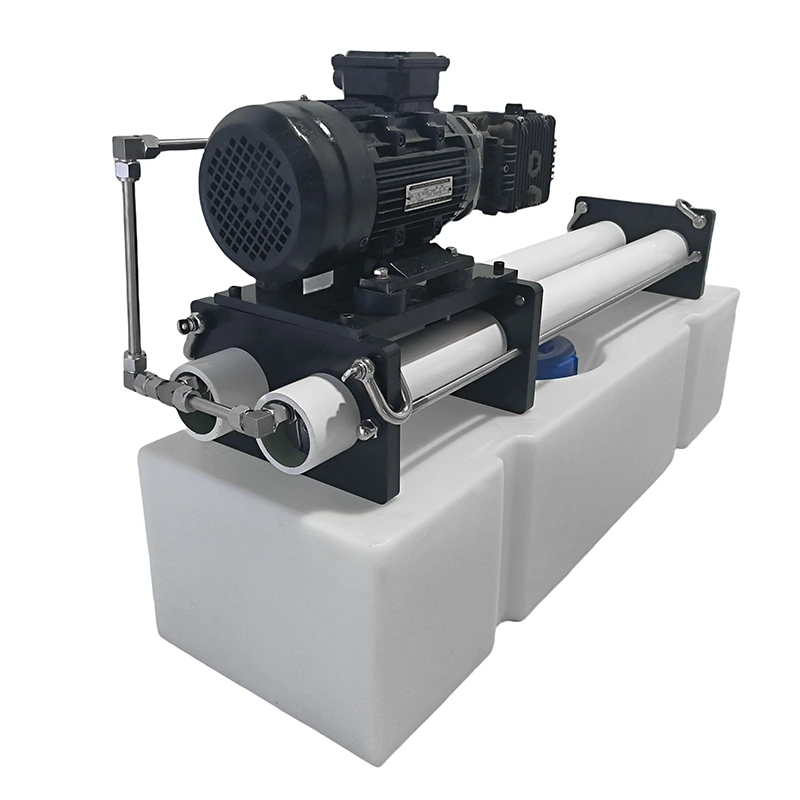
Common Misconceptions About Watermakers
There are a few misconceptions about watermakers that can deter people from considering them. Let’s debunk some of these myths.
⚠️ Myth 1: Watermakers Are Too Expensive
It’s easy to assume that a BasideWT Boat Watermaker is out of reach financially. However, the upfront cost is often outweighed by the long-term savings and convenience it provides. Think about how much money you’d save from buying bottled water or paying for marina water refills.
⚠️ Myth 2: Desalination Systems Are Complicated to Operate
In reality, modern watermakers like the BasideWT Boat Watermaker Brackish Water Desalination Machine are user-friendly and require minimal maintenance. With straightforward controls and easy installation, anyone can operate the system with basic training.
⚠️ Myth 3: Reverse Osmosis Systems Waste Too Much Water
While older systems had issues with water waste, newer models like the BasideWT Boat Watermaker have significantly reduced this waste. They are designed to be more water-efficient, providing fresh water without excessive brine discharge.
Checklist: Maintaining Your BasideWT Boat Watermaker
Here’s a quick checklist to help you maintain your BasideWT Boat Watermaker Brackish Water Desalination Machine:
Ensure all connections are secure to prevent leaks.
Inspect the filters every 2-3 weeks and clean or replace them as needed.
Check the RO membrane every 6-12 months for signs of wear and tear.
Clean the system regularly to remove salt buildup.
Test the water quality to ensure the system is functioning properly.
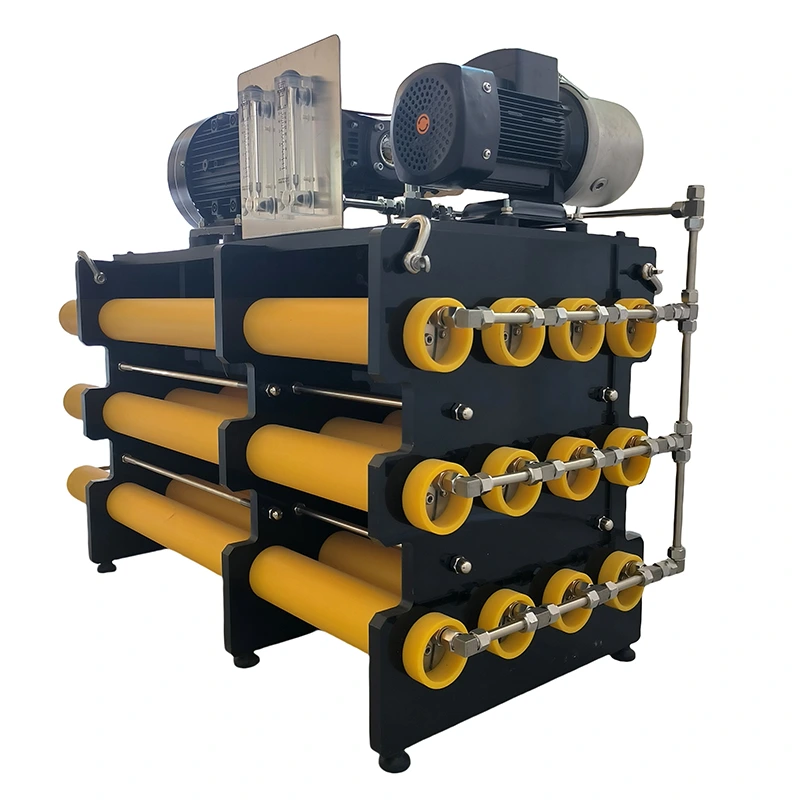
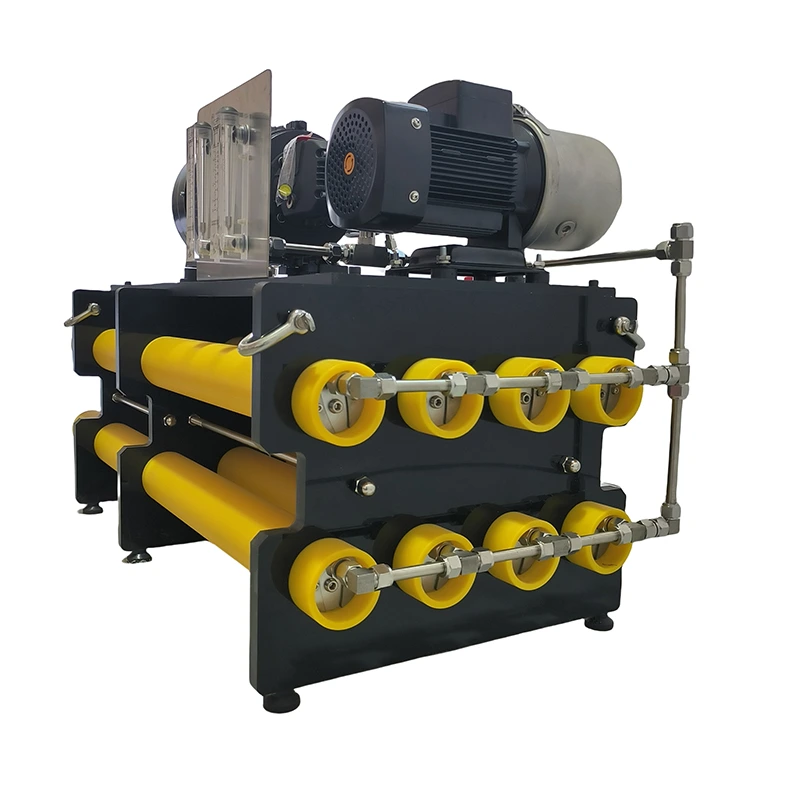

FAQs
Choosing the perfect water treatment system depends on your specific water quality, household size, and needs. We make it easy with our 3-step process:
Water quality testing – analyze your water for contaminants, hardness, and other factors.
Personalized Consultation – Our experts recommend systems based on your results, budget, and water usage.
Customized Solution – From whole-house filtration to targeted solutions (e.g., RO for drinking water, softeners for hard water), we tailor the system to your home.
To determine your water flow rate in gallons per minute (GPM), follow these simple steps:
Prepare for Testing:
- Prepare for Testing:
- Ensure all water fixtures in your home are turned off
- Select the faucet closest to your main water supply line (usually the kitchen sink or an outdoor spigot)
- Conduct the Test:
- Fully open the selected faucet
- Time how many seconds it takes to fill a 1-gallon container
- Repeat the test 2-3 times for accuracy
- Calculate Your Flow Rate:
Use this formula: Flow Rate (GPM) = 60 ÷ Fill Time (seconds)Example Calculation:- If your 1-gallon container fills in 15 seconds
- 60 ÷ 15 = 4 GPM
For more precise measurements or whole-home flow rate analysis, contact our water system specialists. We can help you determine if your current flow rate meets the requirements for any water treatment systems you’re considering.
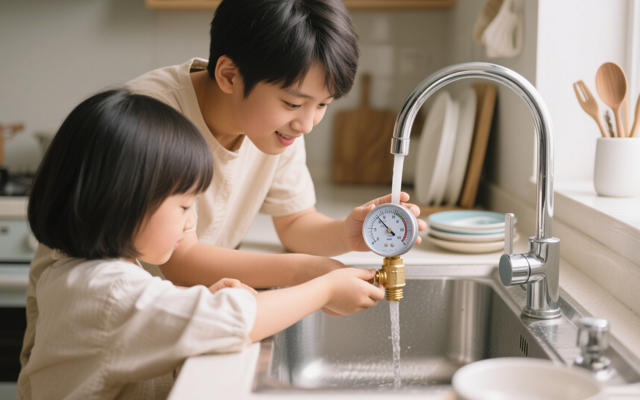
1. Check Multiple Fixtures
Test water pressure at different faucets, showers, and appliances (e.g., kitchen sink, bathroom sink, outdoor hose).
If only one fixture has low pressure, the problem is likely localized (clogged aerator, faulty valve, or pipe issue).
If all fixtures have low pressure, the issue is systemic (main supply, pressure regulator, or water heater).
2. Inspect the Aerator or Showerhead
Unscrew the faucet aerator or showerhead and check for mineral deposits, debris, or rust.
Soak it in vinegar overnight to dissolve buildup, then rinse and reattach.
3. Check the Main Shutoff Valve
Locate the main water shutoff valve (usually near the water meter or where the main line enters the house).
Ensure it’s fully open (turn clockwise to close, counterclockwise to open).
1. Activated Carbon Filters
- Removes:
✅ Chlorine & chloramines
✅ Bad tastes & odors (e.g., sulfur)
✅ Volatile Organic Compounds (VOCs)
✅ Some pesticides & herbicides
❌ Does not remove heavy metals, dissolved minerals, or microbes
2. Reverse Osmosis (RO) Systems
- Removes:
✅ Heavy metals (lead, arsenic, mercury, cadmium)
✅ Dissolved salts (fluoride, nitrates, sulfates)
✅ Microplastics & sediment
✅ Bacteria & viruses (if combined with UV)
✅ Chlorine & chemicals (with carbon pre-filter)
❌ May remove beneficial minerals (can be remineralized)
3. Water Softeners (Ion Exchange)
- Targets:
✅ Calcium & magnesium (hardness)
✅ Low levels of iron & manganese
❌ Does not remove bacteria, chlorine, or heavy metals
4. UV Purifiers
- Kills:
✅ Bacteria (E. coli, coliform)
✅ Viruses (rotavirus, hepatitis)
✅ Protozoa (Giardia, Cryptosporidium)
❌ Does not remove chemicals, metals, or sediment
5. Sediment Filters
- Removes:
✅ Sand, rust, dirt
✅ Large particles & silt
❌ Does not remove dissolved contaminants
6. Whole-House Filtration Systems
Combines multiple methods (carbon + sediment + UV) for broad protection.
- UV: Kills bacteria/viruses but doesn’t remove chemicals or particles.
- RO (Reverse Osmosis): Removes 95–99% of contaminants (heavy metals, dissolved salts) but requires electricity.
- Activated Carbon: Absorbs chlorine, odors, and organic compounds—ideal for pre-filtration.
REQUEST A QUOTE
RELATED PRODUCTS

Premium Car and Window Cleaning System for Homeowners with Dual DI Tanks Purifier

Custom Deionized Water Cleaning System with Blue Filter Tank for car Wash and window cleaning
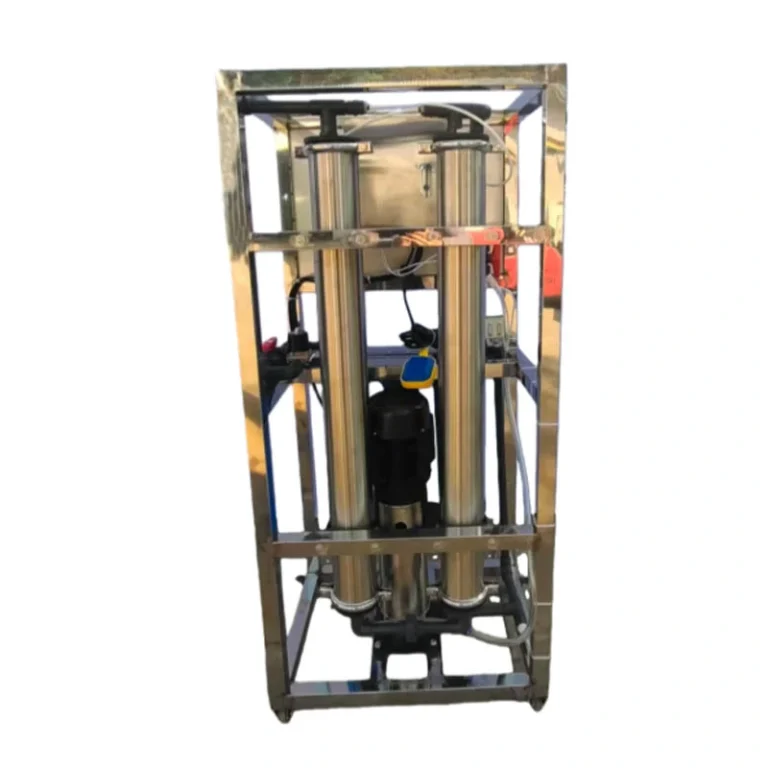
Whole-House Well Water Reverse Osmosis System

250L/Hr Marine Water Maker for Boats | Portable Reverse Osmosis Seawater Desalinator System

High-Efficiency Marine Portable 500l/H Seawater Desalination System Marine Water Treatment Machine
